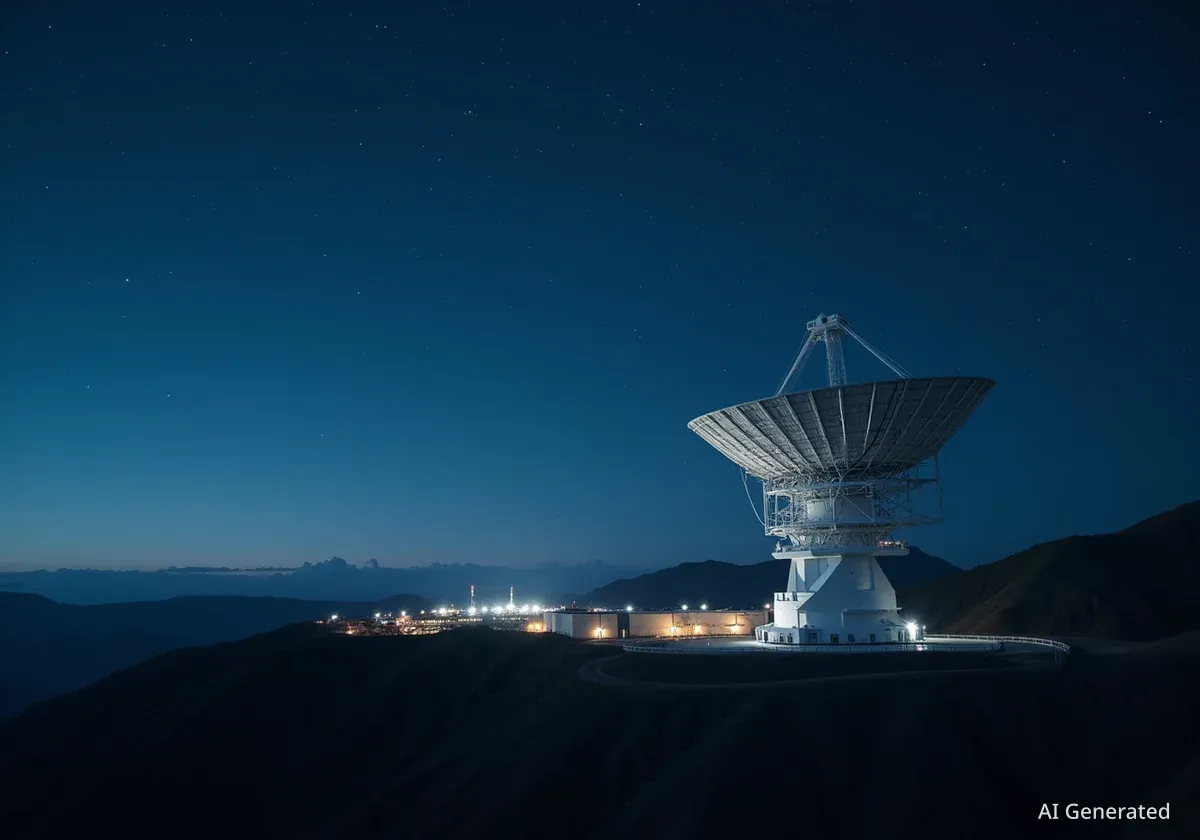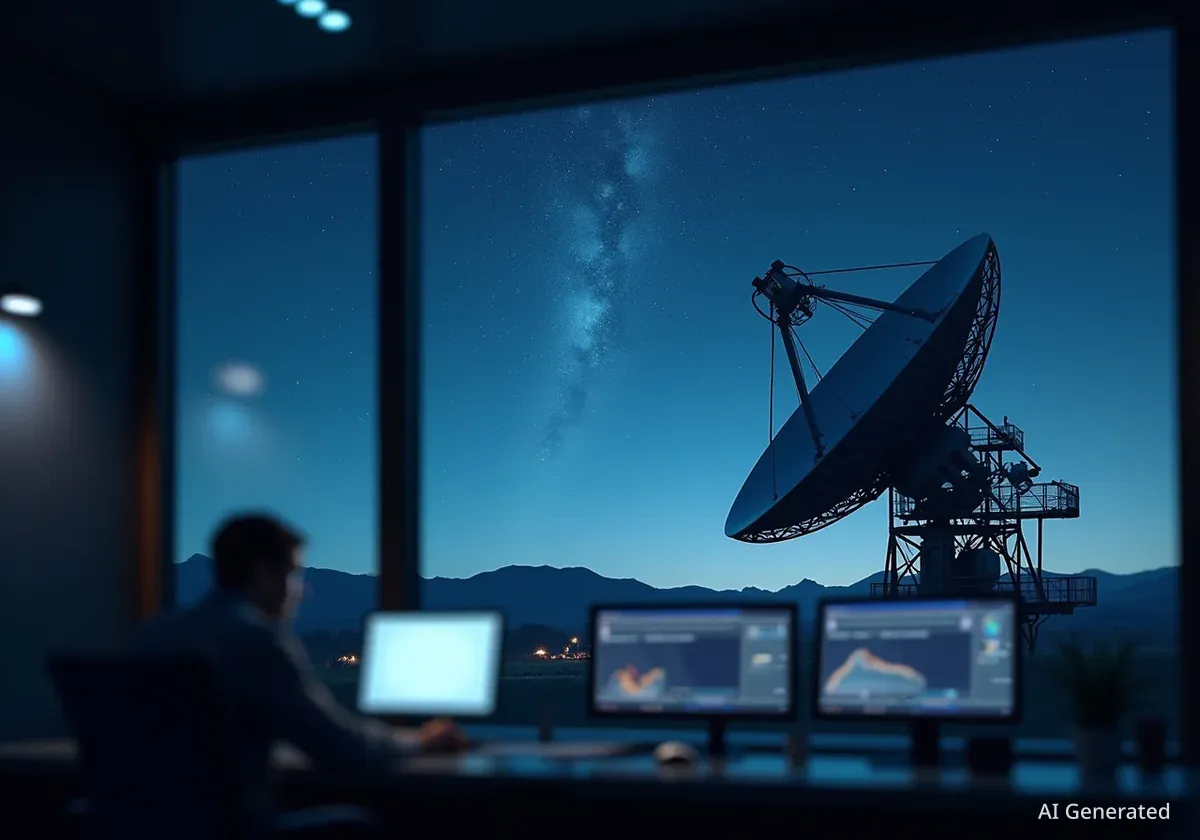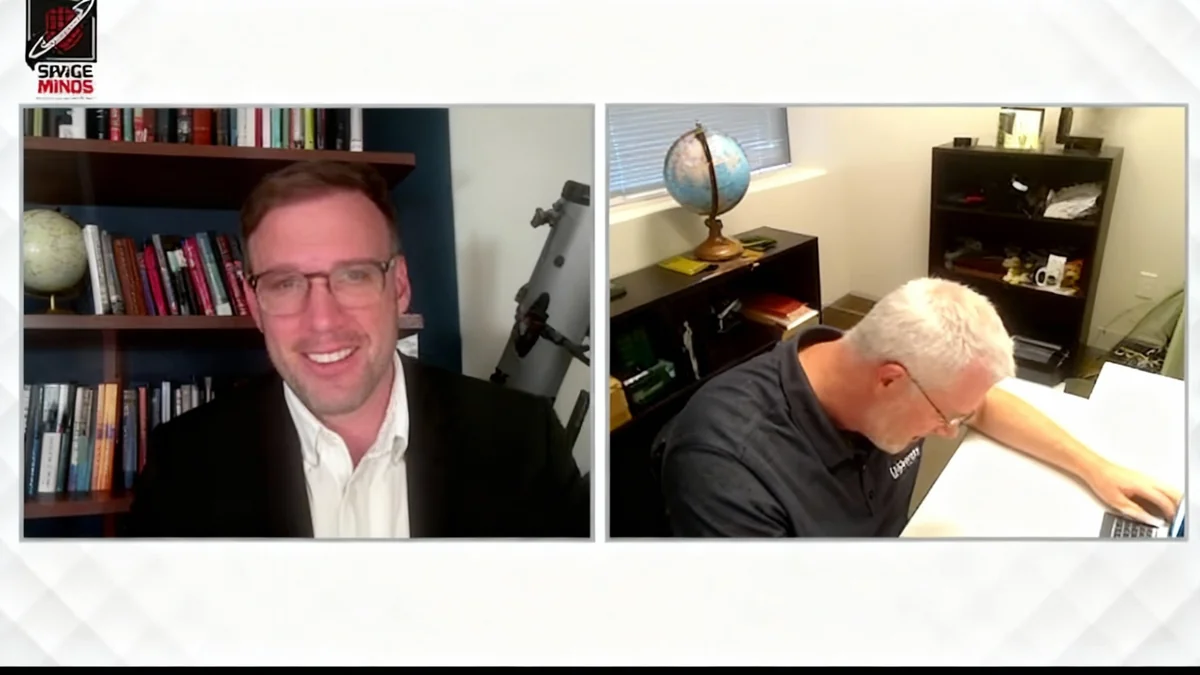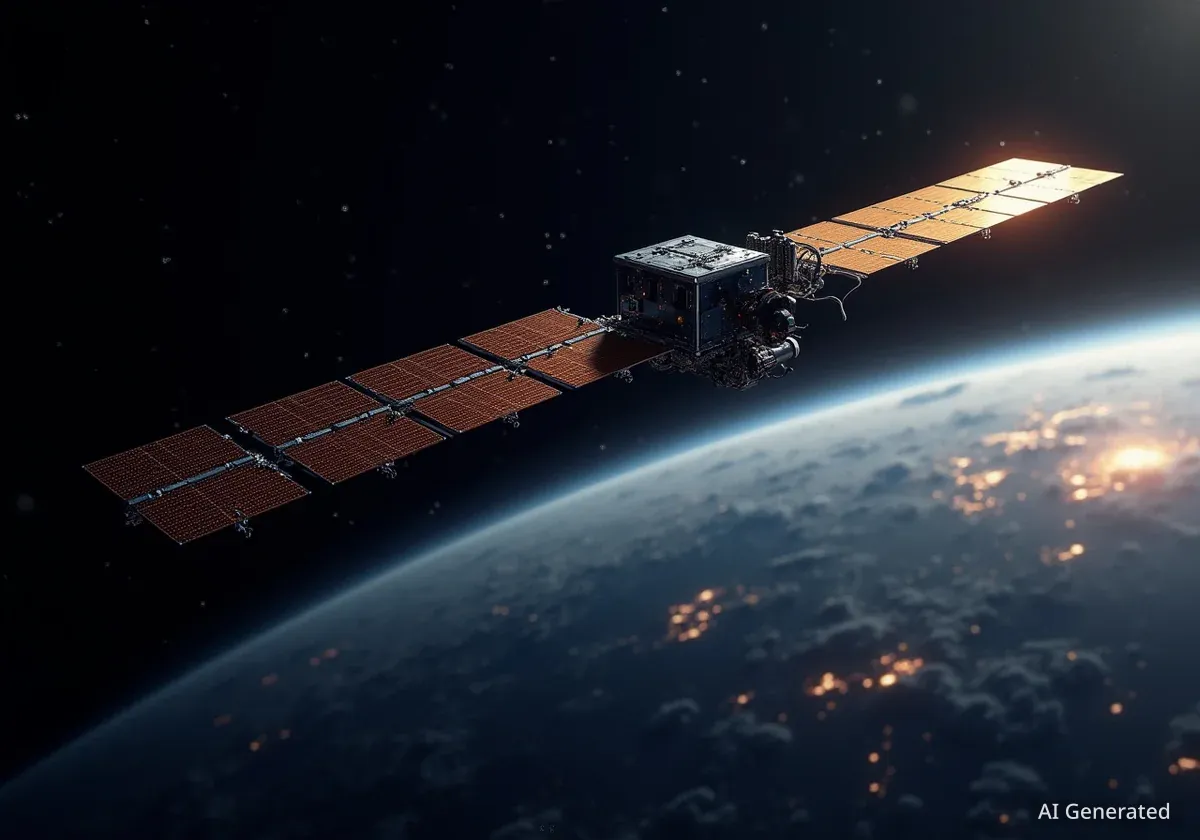High atop a dormant volcano in Hawaii, the U.S. Space Force operates a critical surveillance complex designed to monitor an increasingly crowded and contested orbital environment. Officials state the Maui Space Surveillance Complex is essential for tracking satellites, particularly those from nations like China that may attempt to conceal their activities.
According to Gen. Chance Saltzman, the Chief of Space Operations, adversaries are actively developing deceptive techniques in orbit. The advanced telescopes at the Maui facility provide the United States with a unique advantage in detecting and responding to these actions, forming a cornerstone of the nation's space domain awareness strategy.
Key Takeaways
- The Maui Space Surveillance Complex on Haleakala is a primary U.S. site for tracking satellites in geostationary orbit.
- Officials report that China is using methods like changing satellite brightness and maneuvering in blind spots to avoid detection.
- The facility's high altitude and clear atmospheric conditions make it one of the world's premier locations for optical telescopes.
- Upgrades to existing telescope systems are underway to improve the ability to detect smaller and more distant objects.
- The mission has evolved from simple collision avoidance to identifying the intent behind satellite movements.
A Strategic Vantage Point for Space Surveillance
The Maui Space Surveillance Complex is situated at the 10,023-foot summit of Haleakala, a location that places its instruments above most weather disturbances. This provides exceptionally clear viewing conditions, crucial for observing objects in orbit around the Earth.
"From a space perspective, this particular piece of land is pretty important because some of the work you can do here, you just can’t do elsewhere," Gen. Saltzman explained during a recent visit. The site's geographical position over the Pacific Ocean gives it a wide field of view, enabling operators to see from the U.S. West Coast to over mainland China.
Col. Barry Croker, who leads the domain-awareness efforts of Mission Delta 2, noted that the summit is "almost always above the weather." This natural advantage is a key reason why the location is so valuable for the Space Force's mission.
Why Haleakala is Ideal for Telescopes
According to Lt. Col. Douglas Thornton, commander of the 15th Space Surveillance Squadron, the peak of Haleakala is considered the third-best place in the world to position a telescope. For observing the sky during the day, it is regarded as the best. The combination of high elevation, stable atmosphere, and low light pollution creates nearly perfect conditions for optical space surveillance.
Countering Deceptive Orbital Maneuvers
A primary focus of the Maui complex is identifying and tracking potentially hostile activities in space. Gen. Saltzman stated that China is "intentionally trying to do things" in orbit "so we don’t see it." These tactics include altering a satellite's brightness to make it harder to track or moving it within what are perceived to be gaps in U.S. surveillance coverage.
"If you’re going to do something irresponsible, we’re going to see it. We’re going to tell the world, and then we’re going to react and respond," Saltzman asserted, highlighting the strategy of deterrence through detection.
This mission is a core component of Saltzman's strategic framework for maintaining space superiority, which prioritizes avoiding operational surprise. Keeping continuous watch on more than 40,000 tracked objects in space is fundamental to achieving that goal.
"What we have is adversaries that are trying to be deceptive, trying not to let us track their assets," Gen. Saltzman said, emphasizing the challenge posed by evasive satellite behavior.
From Collision Avoidance to Intent Analysis
The role of space surveillance has changed significantly over the years. Initially, the main purpose was to prevent collisions between the growing number of objects in orbit. "We built a really great system for telling us where things were," Col. Croker explained. "It’s difficult to know where things are going to be."
Today, the mission is far more complex. It involves not just tracking an object's position but also discerning its purpose and intent. Operators analyze satellite capabilities and movements to determine if they could pose a threat.
"The ability to grab onto something and move it to a different orbit, is that junk removal or... maybe there's other capabilities that they're trying to develop?" Croker posed, illustrating the ambiguity that operators must navigate.
Advanced Technology on the Summit
The centerpiece of the complex is the Advanced Electro Optical System (AEOS) telescope. As the Pentagon's largest telescope, it can rapidly pivot to track fast-moving satellites in low-Earth orbit or even ballistic missiles. A satellite pass overhead typically lasts between five and nine minutes.
Despite its power, the AEOS has a very narrow field of view, described as being about the width of two-and-a-half pinky fingers held at arm's length. This means it can only observe about 10 percent of a satellite's total orbit during a single pass, leaving opportunities for an object to maneuver once it is out of sight.
Upgrading the 'Eyes on the Sky'
The site also houses three smaller telescopes part of the Ground-Based Electro-Optical Deep Space Surveillance System (GEODSS). These systems are currently undergoing a major upgrade to become Ground-Based Electro-Optical Sensor Systems (GBEOSS). The modernization includes new sensors, optics, and processing algorithms to enable them to "see smaller, dimmer things further" into space. The Maui upgrade is projected to be completed in or after April, following a similar enhancement at White Sands Missile Range.
The 15th Space Surveillance Squadron works closely with an on-site Air Force Research Laboratory team, creating a feedback loop where operational needs drive research, and new research evolves operational capabilities.
Community Relations and Environmental Responsibility
The presence of the military facility on Haleakala, a site of immense cultural and spiritual significance to Native Hawaiians, has been a source of local tension. Past proposals for additional telescopes have faced protests from the community.
Adding to these concerns, a fuel leak at the site in 2023 prompted a multi-year cleanup effort. Space Force officials have stated they are committed to remediating the site without removing any soil from the sacred mountain.
In a public address, Gen. Saltzman acknowledged the importance of the site to the local community. He affirmed that the Space Force is "honored to be associated" with Haleakala and is "fully committed to respecting the mountain’s cultural and spiritual significance and moving forward only in complete partnership with the community."





